Black history is our history, and at PKS, we continually explore history and current events through multiple perspectives, and examine the stories and contributions of Black people within our year-long curriculum. Black History Month is a time to have a focused celebration of Black Excellence, to explore and learn together a history that has historically been distorted and suppressed, and to explore together ways to more fully include the Black experience into all of our Units of Exploration. Our library and class libraries are increasingly including books by and about Black people (Our Books for Birthdays program this year is focused on increasing the diversity of our library).
Alternative perspectives and the work of people of color can be found in our classrooms all year round, starting with our social-emotional learning. We pull from multiple developmental curricula including We Thinkers, Go Zen, Social Thinking, Sanford Harmony, Culture of Dignity, Owning Up, and Learning for Justice (formerly Teaching Tolerance). We have to develop multiple lenses (personal, social, and systems), as students grow in awareness, compassion, and engagement.
Examples of representation can be seen in our year-long learning. In kindergarten, when students worked on their Hope and Dream project, Black lives were represented in books such as Mae Among the Stars (about Mae Jemison). In grade one, teachers incorporated A Kids’ Book About Racism in both Chinese and English into our community building at the start of the year. Over the spring, as part of an inquiry into communities, green building and sustainability, students will explore the idea of equity and access to parks and schools. In grade two, students begin the year exploring their own identities through art and writing and build on that foundation with fiction and non-fiction read alouds that focus on diversity, equity, inclusion and the power of kindness.
In grade three, teachers invited guest speaker Kate Sheppard to learn about the brain science behind bias during their Growth Mindset unit. Later, in the Simple Machines unit, students will learn the story of William Kamkwamba, who used his love of reading, science, and engineering to bring water to his community by building a windmill. In fourth grade, I’ve heard the teachers introducing phrases in Krio, and listening to the music of Maggie Ndaneh in preparation for a guest speaker who migrated to the US from Sierra Leone. The grade four unit, Migration, includes the Great Migration, and the pushes and pulls that caused it.
Grade five ventures into a whole Unit of Exploration on Identity, which starts with an inward look and grows outward to understand the complexity and intersectionality of identity. They had a wonderful guest speaker from Beijing who shared her work with OutChina. Moving into the community and global engagement realm, fifth graders have a unit on Social Movements, where they learn the history and civics components of people’s work toward change.
February art units will present Jacob Lawrence as a storyteller. Lower elementary will look at his portrayal of workers, especially his "Builders" series, and people in the community, especially in Harlem during the Harlem Renaissance. Upper elementary will explore the use of storyboards and create their own art inspired by Lawrence's Migration, Tubman, and Toussaint series. Coming up later in the year, students will learn about Augusta Savage, David Drake (Dave the Potter), Romare Bearden, and Kara Walker. Jean-Michel Basquiat's work will be introduced to the 4th and 5th graders later this spring.
Where most lessons in lower grades are teacher-led, the increasing independence of students in grades 3-5 have allowed for a daily featured message on Seesaw celebrating Black History and Black Excellence, which is frequently followed with in-class discussions.
A variety of featured biographies, cultures, and events spanning a long timeline have been and will be shared. Some are people that everyone should know, such as Frederick Douglas. Some are unsung heroes who accomplished great things, but didn’t get proportional recognition, like Bayard Rustin. In selecting the features for my morning meetings, it was difficult to choose - there’s just so much excellence and exciting, inspiring stories to share.
People and topics shared so far have included Carter G. Woodson and Frederick Douglas, Winton Marsalis, Charles Drew, Stacey Abrams, Misty Copeland and brown ballet shoes, Queen Hatshepsut,Five Ancient African Kingdoms (The Mali Empire, The Kingdom of Kush, The Songhai Empire, The Kingdom of Axum, and The Kingdom of Zimbabwe), Mahalia Jackson, Joseph Shebala and Ladysmith Black Mambazo, Bayard Rustin, and the music of Duke Ellington and John Coltrane.
Some of the student responses to these morning messages included:
“That’s really cool! I didn’t know that Frederick Douglass went to Europe, and the music is really pretty!”
”I heard about Frederick Douglas before, but I didn’t know that he was an advisor for Abraham Lincoln.”
“I love how she (Stacey Abrams) says the steps for change: know what you want, why you want it, and how to get it. It sounds like she can make change. And the story about meeting the governor was so frustrating!”
“I wonder how it feels to (finally) have shoes meant for your color. I would feel weird because they matched my skin color on purpose, but it probably feels nice to have a shoe specifically for you.”
“Wow, (Bayard) Rustin did a lot!”
“I loved watching this” “Awesome” “Wow - acapella” - on Ladysmith Black Mombazo
“This was very inspiring. BLM!” - on Carter G. Woodson
On Duke Ellington and John Coltrane - drawing by Olivia
I’m looking forward to introducing the music, “Lift Every Voice and Sing” next week for grades three through five over Seesaw, and welcome families across all grade levels to share this soul-touching music sung by the Stanford Talisman Virtual choir.




